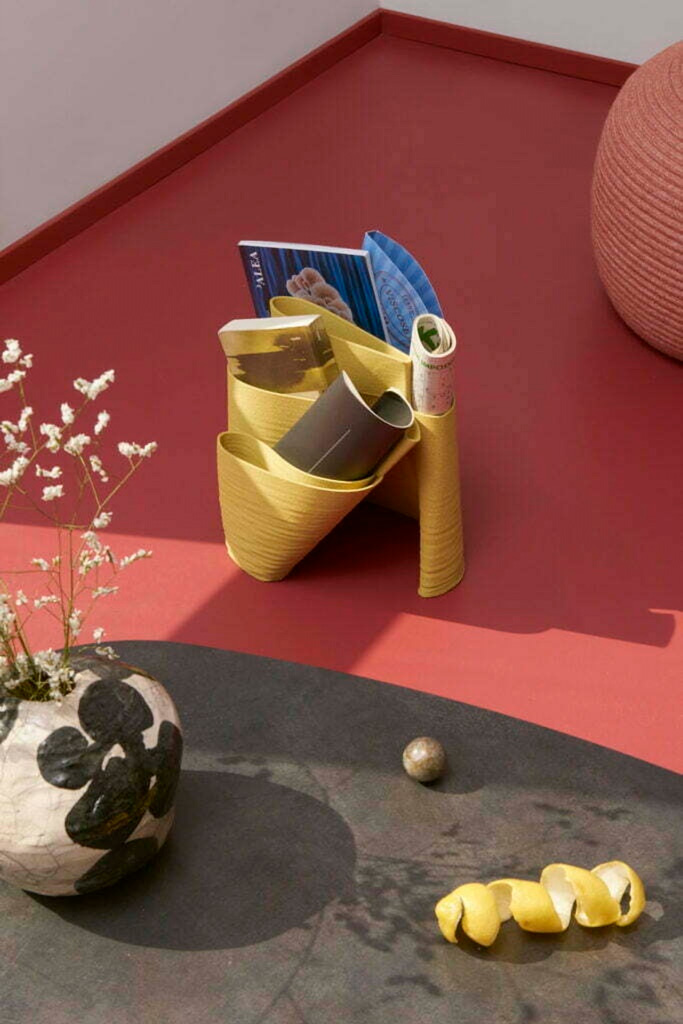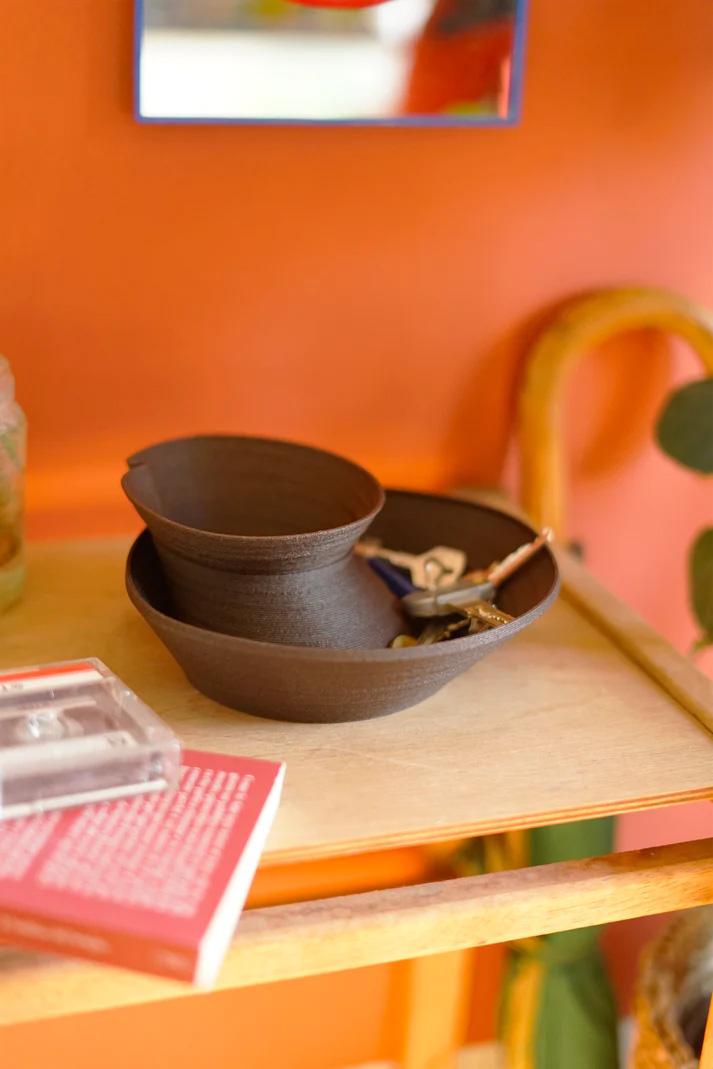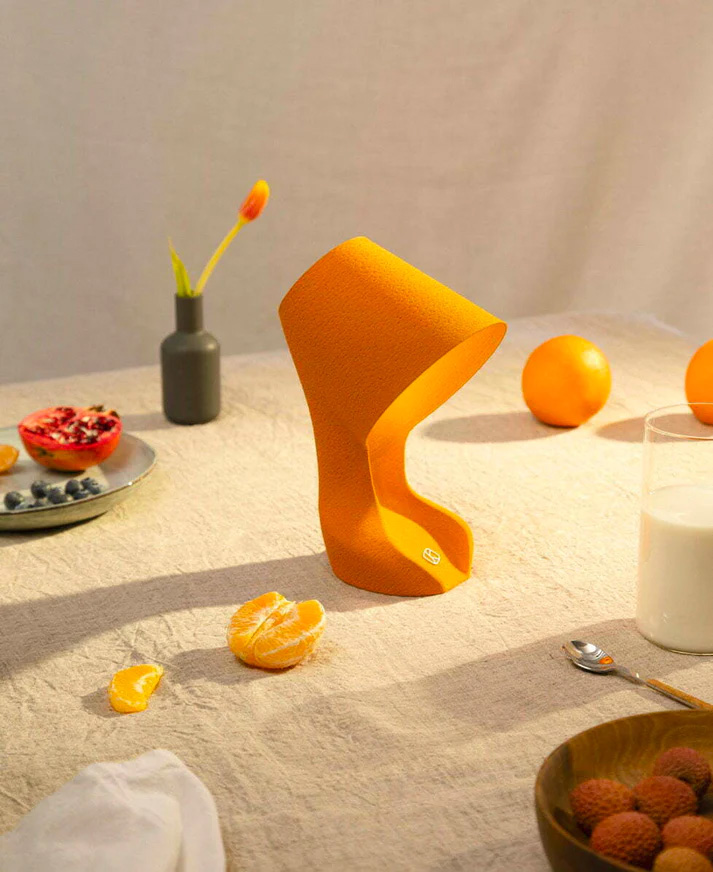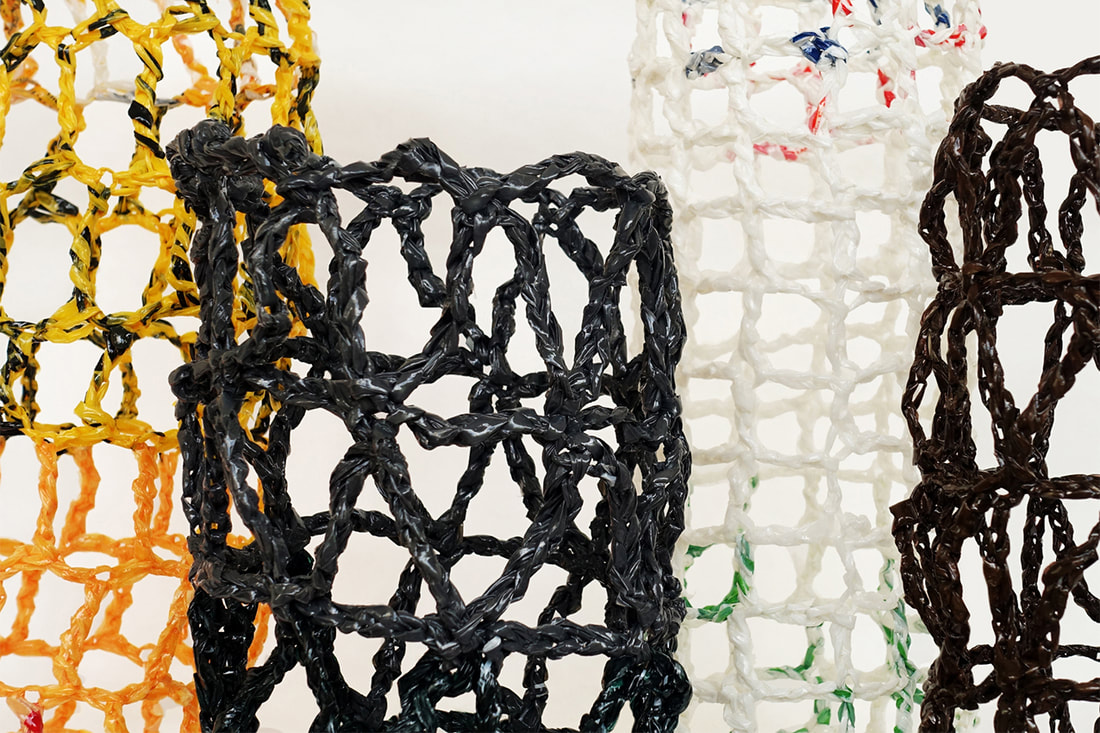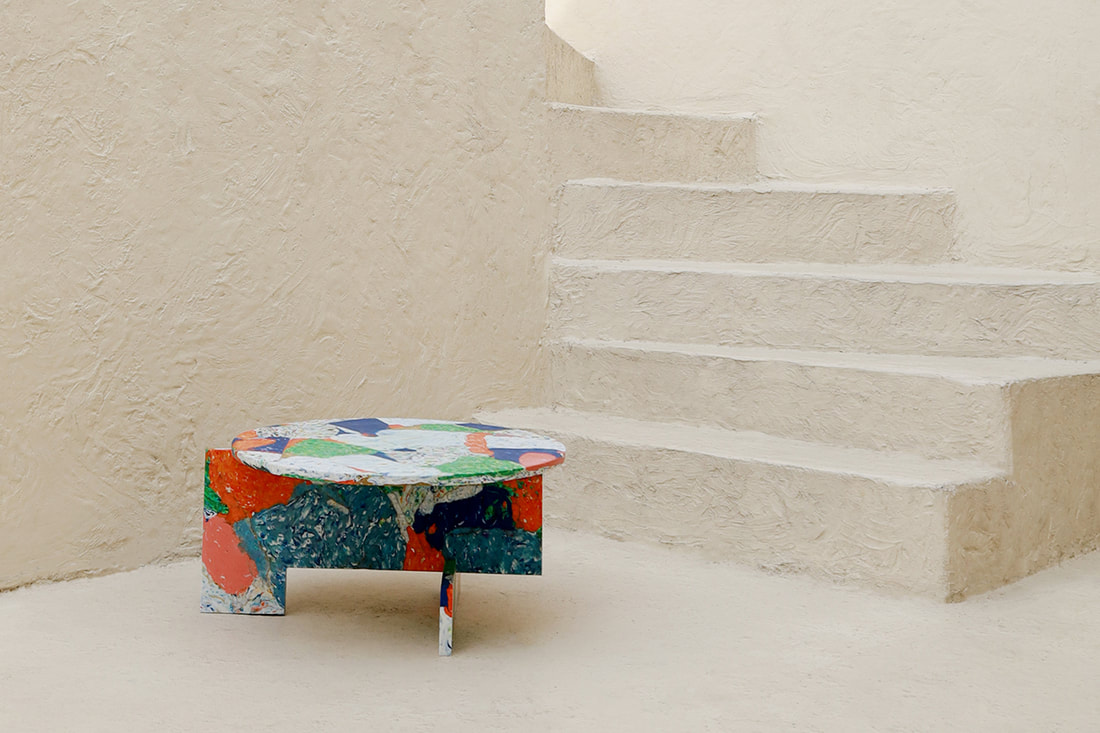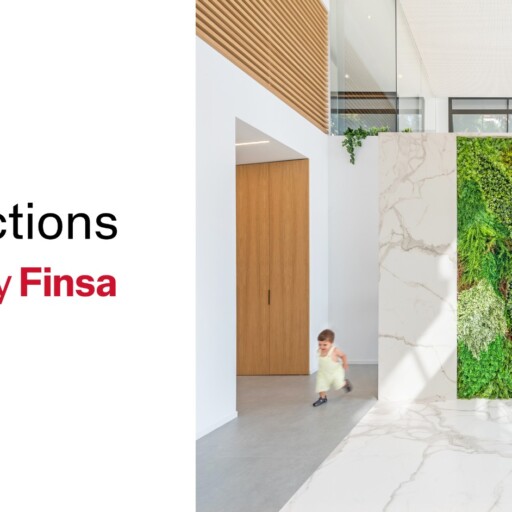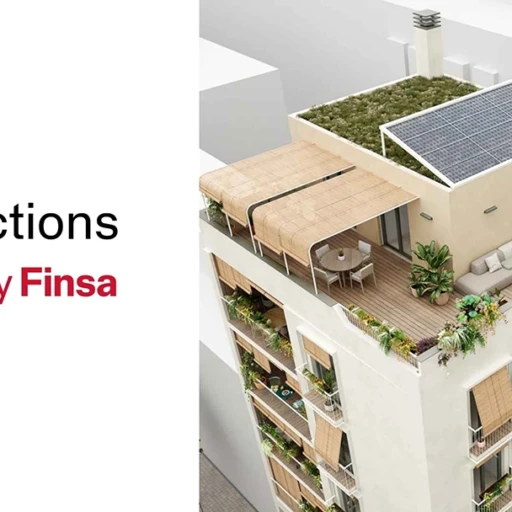Biomaterials are a trend. In Connections by Finsa we have already talked about the advances in their manufacture as a key to developing the habitat sector towards more sustainable projects. We have also highlighted some examples made from shark bones or biopolymers.
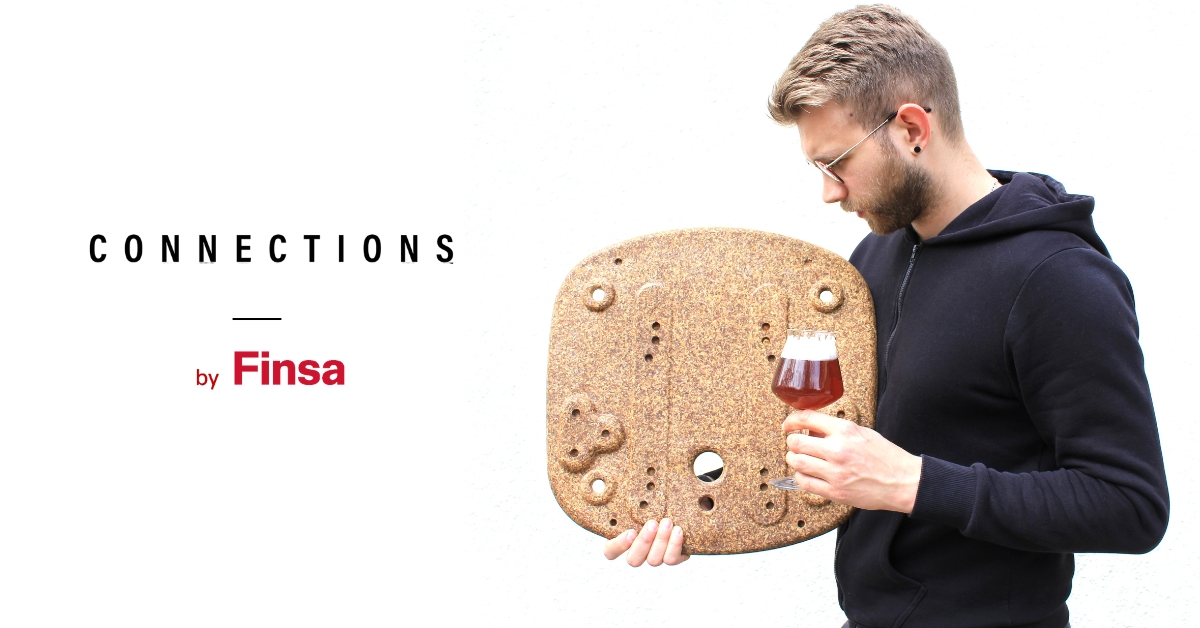
Today we bring you a selection of biomaterials that we could create with something we have as close at hand as the shopping basket at the supermarket.
Lamps made from 3D oranges
Let’s start with oranges for breakfast. What if we could use the peels to make things like lamps or wall clocks? The Italian company Krill Design also sells other products made from lemons (Amalfi collection) or coffee grounds (Napoli) on its website.
Seafood tableware and decoration
Furniture made from “custom seafood”? That’s Malàkio, an idea that was born in 2019, when its founder, Morgan, discovered oyster farming. At the time, he realised that shells were hardly recycled in France, his native country. During the coronavirus crisis, he explored the possibilities of this waste as a material for interior design. The research resulted in Istrenn: it consists of 60% recycled shells and 40% mineral matrix. Its manufacture ensures minimal energy consumption and a low carbon footprint.
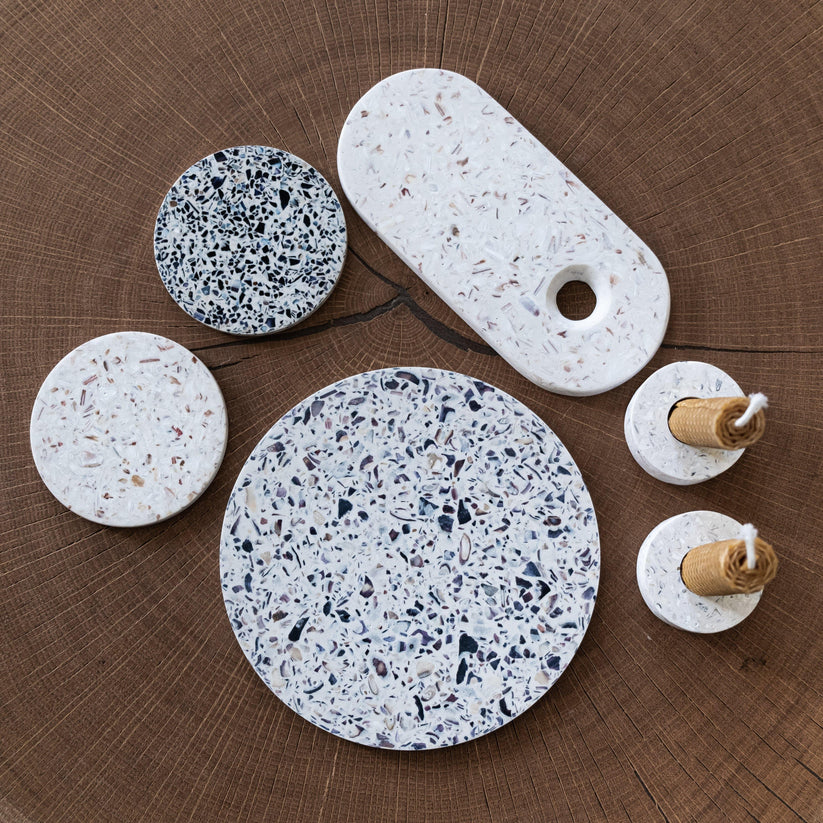
Salmon “leather” rug
We continue with products from the sea. Nienke Hoogvliet defines herself as an “artivist” on her instagram account. In the studio that bears her name she researches materials from marine waste, such as salmon scales, from which she made the RE-SEA ME rugs.
Beer furniture
“From now on, you will see beer differently”. This is how the French company Instead defines its production of high-end, eco-responsible furniture, fittings and other made-to-measure solutions made from cereals from beer brewing. Cabinetmakers 3.0 who already have their stools in different bars in France.
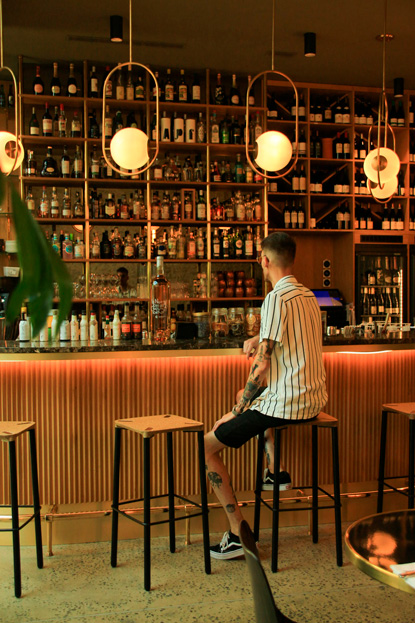
Tables and vessels made of plastic bags
Once we have food and drink, it’s time to take it home… And Studio Karyn Lim has got it all figured out when it comes to recycling plastic bags. They produce tables and vessels out of bags and bottle caps from food and beverage containers. After collecting, sorting, cleaning and transforming them into eco-friendly polymer sheets, they create the So Plast!c furniture collection. Each piece encapsulates, on average, 6kg of plastic waste and 1,200 caps.


